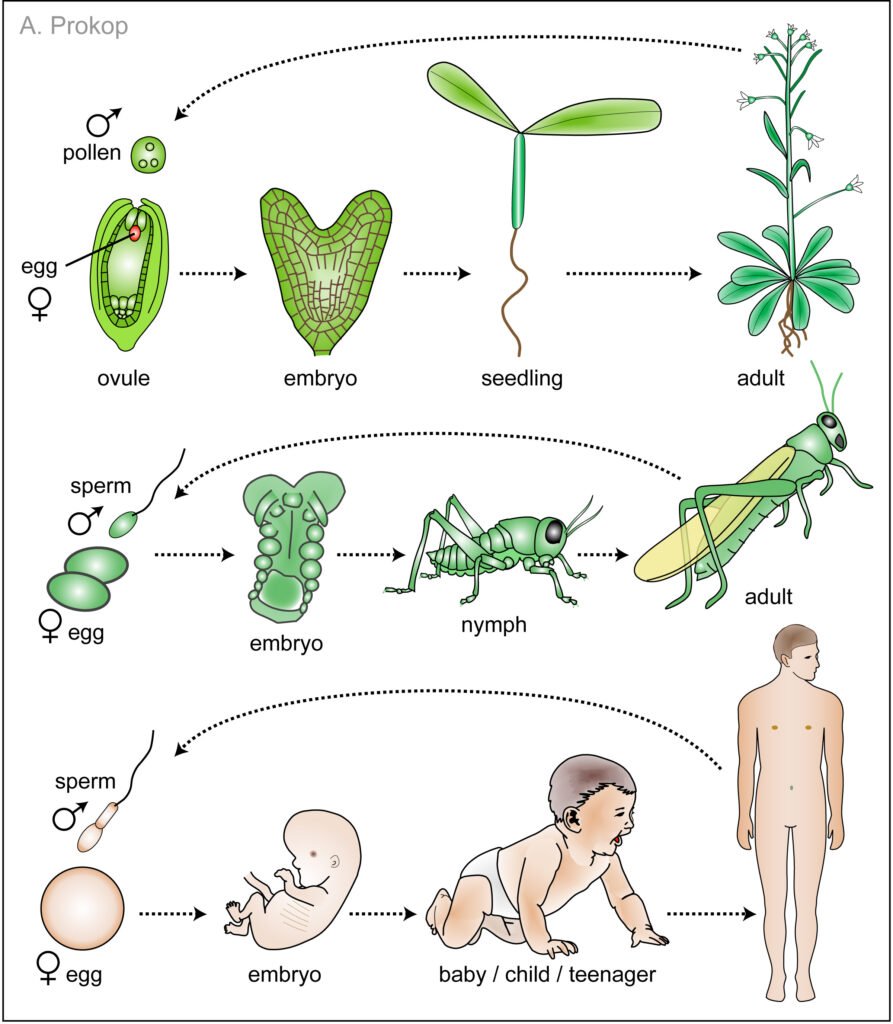Introduction to the Animal Life Cycle Model
Nature is full of wonders, and one of the most fascinating aspects lies in the life cycles of animals. Each stage represents a unique journey filled with growth, transformation, and adaptation. But did you know that there’s a model that can help us understand these cycles more deeply? Enter the Animal Life Cycle Model Four-Sided Box—an innovative framework that breaks down complex biological processes into manageable parts.
This model not only illuminates how animals develop but also offers valuable insights for personal growth and development. Whether you’re an educator looking to engage students or someone interested in self-improvement, grasping this concept can open new doors. Join us as we dive into the intricacies of this compelling model and explore its applications in both nature and our own lives.
What is the Four-Sided Box?
The Four-Sided Box is a conceptual framework that simplifies the complex processes involved in the animal life cycle. Imagine a square divided into four distinct quadrants, each representing a unique stage of development.
This model helps to visualize and categorize the stages from birth to reproduction. Each side of the box plays an essential role in understanding how animals grow and adapt over time.
By isolating these phases, researchers can analyze behaviors and environmental factors affecting species survival. The approach allows for easy comparisons across different species.
What makes this model particularly intriguing is its versatility. It provides insights not only into biological developments but also aids in educational settings, making it easier for learners to grasp important concepts about life cycles.
The Four Stages of the Animal Life Cycle

The animal life cycle consists of four distinct stages: birth, growth, reproduction, and death. Each phase plays a crucial role in the continuation of species.
Birth marks the beginning. This stage varies widely across species. Some animals hatch from eggs while others are born live.
Next is growth, where offspring develop into adults. During this time, they learn essential survival skills through exploration and interaction with their environment.
Reproduction follows when mature organisms engage in mating behaviors to create new life. This stage ensures genetic diversity and adaptation to changing environments.
Finally comes death, an inevitable part of the life cycle that allows resources to be recycled within ecosystems. While it may seem somber, this phase contributes to a rich tapestry of life on Earth by paving the way for new generations to thrive.
Benefits and Limitations of the Four-Sided Box Model
The Four-Sided Box Model offers a structured approach to understanding the animal life cycle. One of its primary benefits is clarity. By breaking down complex processes into four distinct stages, it simplifies learning and analysis. This clear framework aids educators in teaching concepts effectively.
However, limitations exist. The model may oversimplify certain life cycles that include more intricate stages or variations. Not all species fit neatly within this four-sided structure.
Moreover, while it provides a general overview, nuances can be lost. Each species has unique adaptations that the model might not fully capture.
Its application is powerful but requires careful consideration of context. Users must remain aware of these constraints when applying the model to real-world scenarios or personal development tasks.
Real-World Applications of the Model
The Animal Life Cycle Model Four-Sided Box has practical applications across various fields. In education, it serves as a framework for teaching biology and ecology. Students can grasp complex concepts about animal development through this structured approach.
In business, the model aids in understanding growth stages of a company. Just like animals evolve, businesses go through phases—startup, growth, maturity, and decline. This insight helps entrepreneurs strategize effectively at each stage.
Moreover, conservation efforts benefit from this model by monitoring species’ life cycles to ensure their survival. By identifying critical periods in an animal’s development, conservationists can implement timely interventions.
Even in personal development coaching, the four-sided box offers valuable insights into self-growth and transformation phases. Individuals can identify where they are and what steps to take next on their journey toward improvement or fulfillment.
How to Use the Model for Personal Development
To harness the Animal Life Cycle Model Four-Sided Box for personal development, start by identifying where you currently stand within its stages. Reflect on your experiences and growth in each quadrant.
Next, set clear goals that align with these stages. For example, if you’re in the ‘growth’ phase, focus on acquiring new skills or knowledge. If you find yourself at a plateau, consider what changes are necessary for advancement.
Engage in regular self-assessment to monitor progress. This could mean journaling insights or seeking feedback from peers.
Additionally, visualize each stage as an opportunity rather than a limitation. Embrace the cyclical nature of growth; setbacks can lead to significant breakthroughs.
Share your journey with others who may benefit from this model too. This creates accountability and fosters a supportive community committed to collective improvement.
You Might Also Like:
- Discovering Yellow Roundhouse Katie: Insights and Fun Facts
- Unlocking the Secrets of Ancient Artz
- What Are the Benefits of Using Moszacos Lipstick Moisturizing?
Conclusion
The Animal Life Cycle Model represented through the Four-Sided Box offers a unique perspective on understanding growth and development in various contexts. By breaking down complex processes into four manageable stages, individuals can gain insights into their personal journeys as well as broader biological concepts.
This model not only aids in grasping the cyclical nature of life but also facilitates practical applications across fields such as education, psychology, and even business. Whether you’re an educator aiming to teach students about animal biology or someone looking to apply these principles for self-improvement, this framework serves as a valuable tool.
By embracing both its benefits and recognizing limitations, anyone can leverage the Four-Sided Box to foster deeper connections with life cycles around them. The simplicity of the model makes it accessible while still offering profound implications for personal growth and understanding our environment better.

